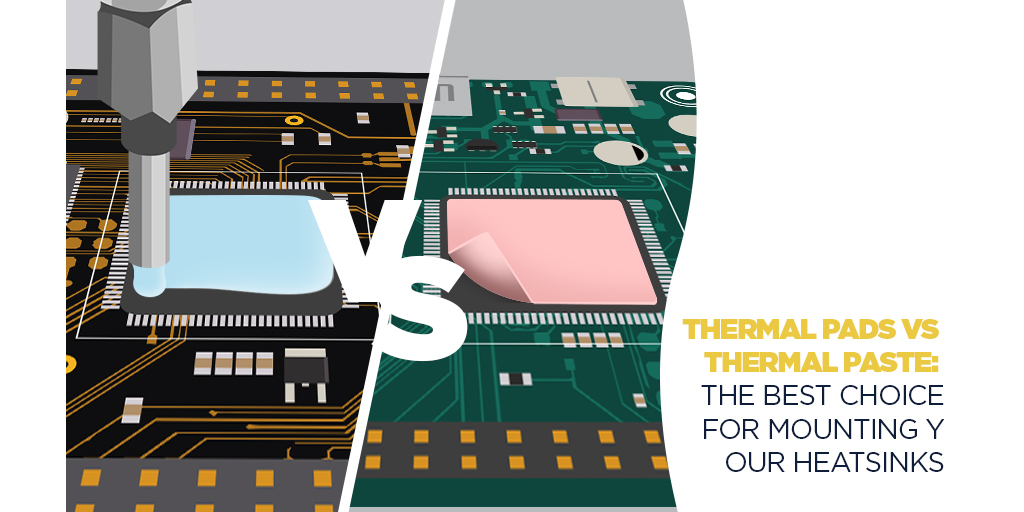Although at a micro-fraction of the size, your CPU will inevitably hold those tiny bumps here and tiny dips there, too. It’s the way of the world for a CPU to experience difficulties staying at pristine levelness. With the right understanding of mounting heat sinks, though, you can do better at keeping your CPU in the shape and structure that it needs to be.
Thermal Pad vs. Thermal Paste: Which Provides Better Coverage?
Realistically, there’s never going to be a perfectly level foundation—there are too many outside influences and factors that are entirely within our (practicable) control. But I still had to get it to a point for others to pour concrete all over and erect a fantastic foundation that will last for years to come.
Now imagine that concrete (that will fill the small inconsistencies very nicely) as a thermal paste or thermal grease that you pour over your CPU. This paste will fill all your micro-bumps exceptionally well. This is one of the advantages of using a thermal pad vs. thermal paste.
The thermal adhesive will hold for a very long time, and it will be a far superior option when it comes to heat transfer or thermal conductivity to your heatsink. A layer of thermal paste or thermal grease will form a complete coating over the top of the component. Because it is a thick liquid, it will fill in all the gaps on the component and the bottom of the heatsink. This provides much better heat transfer to the heat sink.
Thermal pads, on the other hand, will still lay down nicely on this nearly flat surface (similar to laying down a huge piece of plywood over my close to level ground). However, there will still be very small gaps between the CPU and the thermal pad. These small air gaps will provide slightly lower heat transfer conductivity rate as air is not as good at transferring heat.
Avoiding a Sticky Situation With Your Skillset
Continuing down our concrete analogy, our consideration goes far beyond simply ensuring we have level ground to mount our house (or heat sink) on. Laying down concrete is certainly a superior way to fill in the air gaps, however, it is just as equally a messy, sticky, and tricky operation. Similarly, when you apply thermal paste on your CPU, things may get a bit messy if you (or your assembler) aren’t well versed in the art. The composition of thermal paste is exactly what it seems: a liquid paste. Imagine trying to pour concrete with zero prior experience, what a mess!
On the other hand, laying down a thermal pad (again, acting like a large piece of plywood) is a much more straightforward operation which requires less operator skill. Thermal pads usually have a sticky film on either side and won’t require the steady hand that the paste demands for heat dissipation. All it demands is for you to simply peel the backing off and place it on your CPU. While it might be good to practice using thermal paste, applying a thermal pad will be as simple as applying a sticker.
